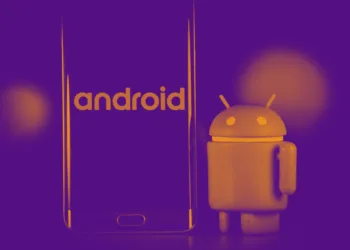During this year’s Google I/O event, a suite of safety enhancements was introduced for Android devices to help protect against incidents such as theft. These features aim to lock the device and introduce new protocols, ensuring that unauthorized individuals cannot easily set up the phone.
Some of these enhancements were anticipated to launch alongside the public release of Android 15, which is approaching rapidly. However, as reported by Mishaal Rahman and 9to5Google, these features are already being made available to users in the U.S. after undergoing trials in Brazil.
The first feature is called Theft Detection Lock. As explained by Google, this feature quickly locks the phone’s screen when it detects movement typically associated with theft, thus preventing thieves from easily accessing personal information. This capability utilizes built-in sensors and various connectivity channels to identify such movements.

The next enhancement is Offline Device Lock. If a thief attempts to keep the stolen device offline to evade tracking, the screen will automatically lock. This feature is triggered when someone attempts multiple times to unlock the device unsuccessfully.
Finally, there’s the Remote Lock feature. In case the device is stolen but theft protection isn’t enabled, users can still lock their device remotely by visiting the Android.com/lock page. To use this feature, users will need to successfully complete a security check and use the same phone number affiliated with the device.

Once the remote lock is activated, the stolen device can only be accessed again using the original lock method, whether that’s a password or biometric recognition. However, it’s important to note that this feature requires the device to be online. If the stolen device is offline, the remote lock function will activate as soon as the device reconnects to the internet.
The features, including Theft Detection Lock, Remote Lock, and Offline Device Lock, are set to be available on all Android devices running Android 15 or newer. Currently, the rollout appears to be gradual, with users in the United States gaining access first.
Digital Trends has evaluated several devices, including the Google Pixel 9 and OnePlus Open, but has yet to receive the updates related to these new features.









